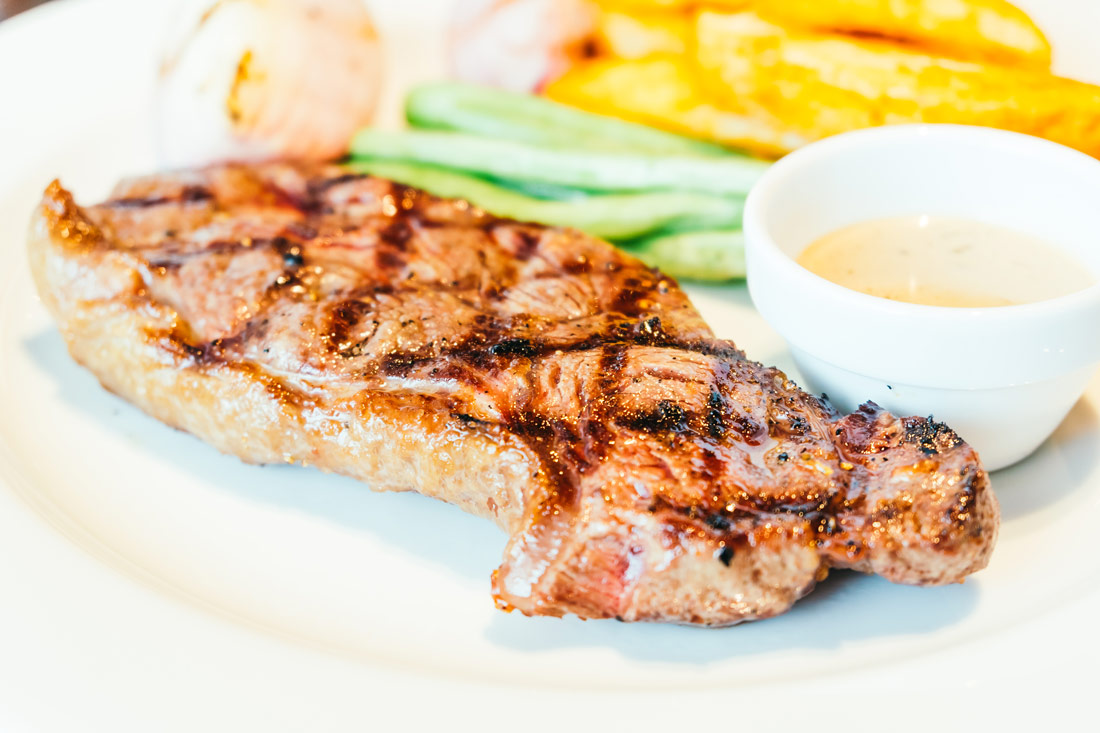Choosing a microwave power level can be confusing – but the right level can make a big difference to the final result of your food. In this article, we’ll go through what microwave power levels really mean, along with some quick tips for cooking various types of food.
Most people blast whatever they’re cooking in the microwave at 100% power. This works most of the time, but it’s not always going to provide the best results. It’s also one of the reasons why the microwave has a bad reputation, as cooking on full power often creates an unappetising texture. Contrary to popular belief, the best microwaves can produce similar results to your oven – often in shorter time.
So if you’re sick of rubbery eggs, soggy bread or dry meats, you’re probably using the wrong power level! Keep reading to find out how a microwave changes a power level – or scroll down for our quick guide to selecting an intensity for each food.
What are Microwave Power Levels?
Before we go any further, it’s important to understand what microwave power levels really mean.
The first microwave ovens had a single cooking level – although a “defrost” option was quickly added. After a few years of “two-power” microwaves, clever manufacturers realised that people could cook a wider variety of foods if they had a range of levels to choose from.
As we found out in our article on how microwaves work, microwaves are emitted by a magnetron. These convert electrical energy into microwaves that heat food or liquid inside the cavity.
There’s a problem though: most microwave magnetrons aren’t capable of producing less than 100% power. Instead, they cycle between 100% and 0% power depending on your setting. If, for example, you choose 50% power, the microwave alternates between off and on in equal amounts. For gentler cooking, the microwave uses longer “off” periods. This is why you can hear the magnetron switching when cooking at lower powers.
In fact, the only microwave brand capable of actual power reduction is Panasonic. The Panasonic Inverter technology, which is found in most of their modern microwaves, allows you cook food at a lower power.
With that said, the “switching” method for reducing microwave intensity usually has a similar effect to true power reduction. Many people prefer the Panasonic Inverter series for the ability to change power though.
What does “Medium” or “Low” Actually mean?
Another problem is that different manufacturers use a variety of terms when describing microwave power.
Some use “Medium” to mean 70% power, while for other brands it’s as low as 40%. Some describe “Low” as 30%, while for other models it might be 10%.
There are also a range of maximum power levels. The most common is 800W, but there are microwaves with almost powers ranging from 500W up to 1000W (or even more).
For this reason, it’s important to look at the percentage power for your microwave on each level rather than relying on the terms used. This information is usually in the manual – although if you have trouble finding it let us know in the comments and we’ll try to get the information for you. If your microwave uses percentages to adjust power already, then you don’t need to worry about this step.
How to Choose the Right Power Level for Food or Drink
Most microwaves come with a minimum of five power levels. These are 100%, 70%, 50%, 30% and 10%. Many microwaves have extra selections, but these five are the most important.
High power is great if you want to heat something as quickly as possible. Boiling water or cooking non-creamy soups are good examples of when the highest power setting is appropriate. Medium-high settings (which are usually 500-800W) allow you to steam or fry foods, while low settings are gentler but act as a dehydrator.
Here’s a breakdown of common foods along with the power level you should use.
- High/Full Power (100%) – non-cream soups, pasta, poultry, ground meats, most vegetables, bacon, fish.
- Medium-High Power (70%) – ribs, creamy soups, reheating leftover meals, casseroles, foods with cheese.
- Medium Power (50%) – pork, eggs, melting chocolate.
- Medium-Low Power (30%) – simmering foods such as chilli, sauces, rice and cereal. Also the “Defrost” setting on most microwaves.
- Low Power (10%) – defrosting large meat items such as turkeys. Can also be used to keep foods warm.
There are occasions where it’s a good idea to use multiple power levels. Some people, for example, like to start cooking rice on full power before switching to a lower setting (although we only use one power method in our quick guide to cooking rice in the microwave).
Summary
The microwave has an unfair reputation for producing food that’s less tasty or soggier than meals cooked in the oven. While a microwave oven can’t cook everything to the same standard as other appliances, it’s a lot better for most tasks than many people think. If you know how to choose the right power level for a specific task, you’ll get much better results.

